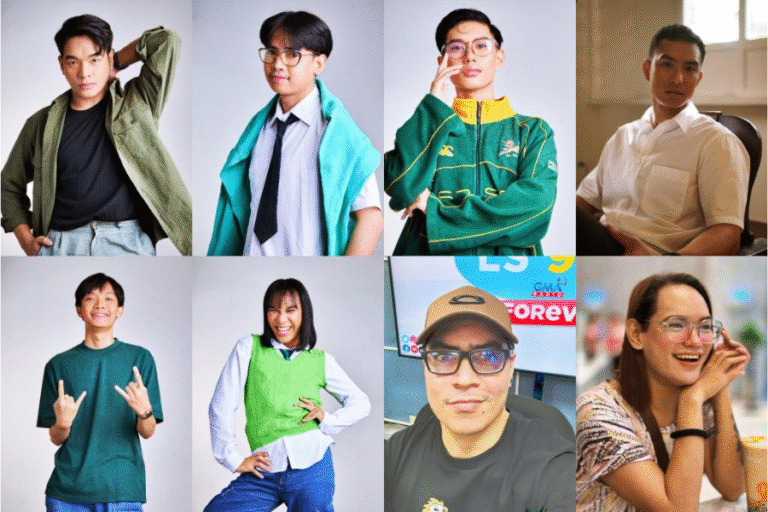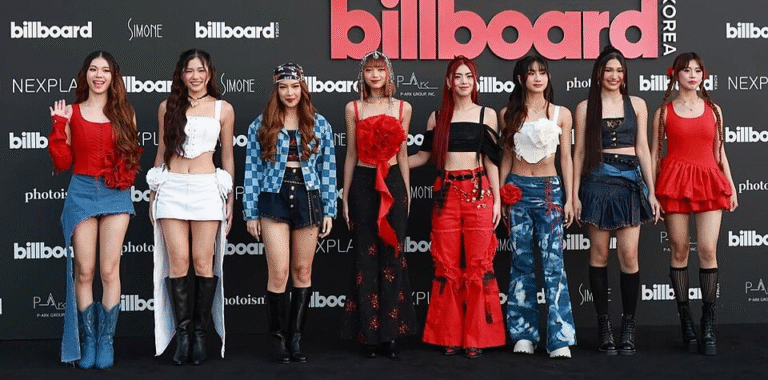Who Is the Real Asian Pinay? Uncovering the Culture Behind the Trend
In recent years, the term “Asian Pinay” has steadily gained attention across social media, content platforms, and pop culture discussions. From TikTok videos and Instagram aesthetics to YouTube vlogs and trending Twitter hashtags, the image of the Asian Pinay has become more than just a representation of a Filipina woman — it has transformed into a broader symbol of style, identity, and influence. But with all this attention comes a crucial question: Who is the real Asian Pinay? And what is the deeper culture behind this trend?
Let’s explore how the term has evolved, what it truly represents, and why it matters now more than ever.
The Roots of the Word “Pinay”
To understand the trend, we need to start at the beginning. “Pinay” is a colloquial term used to refer to a Filipina — a woman of Filipino descent. It’s a term that has long been embraced by the Filipino community, particularly among those living abroad. It is warm, familiar, and holds cultural weight.
Over time, the word has expanded in online usage, often paired with “Asian” to emphasize identity within the broader Asian diaspora. This combination, “Asian Pinay,” is now used across platforms to categorize content, highlight creators, and represent a specific lifestyle. But it also raises questions about identity, perception, and authenticity.
More Than Just Aesthetic: The Real Pinay Experience
On the surface, many associate the Asian Pinay trend with viral dance videos, skincare routines, fashion reels, or travel vlogs. But behind these visuals lies a complex and diverse cultural identity.
The real Asian Pinay is not just about beauty standards or online personas. She is a blend of tradition and modernity. She might be living in the Philippines, in the U.S., the Middle East, or elsewhere — but she carries the essence of her heritage wherever she goes.
She may be a student, a nurse, an artist, a tech professional, or a single mom raising kids abroad. Her story is not confined to filters and algorithms. It’s built on resilience, values, humor, language, and community — the very things that define the Filipino spirit.
Online Representation and Reality
As the “Asian Pinay” identity becomes more visible online, it’s important to question how accurate that representation really is. In many cases, the trending version of the Asian Pinay is filtered through beauty ideals, brand sponsorships, and social media engagement metrics.
This can often result in a narrow portrayal — one that may favor lighter skin, specific fashion styles, or particular body types. While these aesthetics may appeal to wider audiences, they don’t always reflect the diversity of real Filipina women.
For young girls growing up with these images as their references, the pressure to fit into a curated mold can be overwhelming. That’s why it’s essential to push for representation that includes all types of Pinay stories — not just the ones that go viral.
The Role of Filipino Culture
Filipino culture plays a key role in shaping the modern Asian Pinay identity. From close family ties and hospitality to faith, humor, and creativity, these elements are deeply ingrained in how many Filipinas live and express themselves.
For instance, the concept of “utang na loob” or a deep sense of gratitude and obligation often influences how Pinays support their families. This might mean working overseas to send money home or choosing careers that offer stability over passion. These sacrifices are often hidden behind online smiles and edited videos but are very real for millions of women.
Additionally, the use of Taglish — a mix of Tagalog and English — in digital content reflects how seamlessly tradition and modern influences coexist in the Pinay lifestyle. The language, the food, the jokes, the singing — all of it is part of the cultural fiber that makes the Asian Pinay identity so rich and layered.
Breaking Stereotypes
There’s no one way to be an Asian Pinay. Some are introverted book lovers. Some are outspoken activists. Others are businesswomen breaking boundaries. Yet, online content often limits them to simplified roles — the beauty queen, the nurse, the caregiver, the soft-spoken girlfriend.
Breaking these stereotypes means telling fuller stories. It means spotlighting Pinays who are building startups, excelling in science, producing indie films, or leading community change. It means showing strength, vulnerability, complexity — all without apology.
Why the Trend Matters Today
The rise of the Asian Pinay trend comes at a time when discussions around identity, race, gender, and culture are louder than ever. As the world becomes more interconnected, representation is no longer a passive request — it is a demand.
In this context, the Asian Pinay trend can either become a shallow label used for online clout, or it can evolve into a meaningful movement that empowers real people. The choice depends on how creators, audiences, and platforms engage with it.
Challenges and Opportunities
With popularity comes both visibility and scrutiny. Many Asian Pinay creators face online harassment, colorism, and judgment — even from within their own communities. But at the same time, they are building powerful support networks, collaborating across borders, and amplifying unique voices.
Creators who choose authenticity over trends are the ones leading the next chapter. They share struggles, not just highlights. They post unfiltered stories. They celebrate culture, rather than conform to standards.
The Future of the Asian Pinay Identity
Looking ahead, the real question is not whether the Asian Pinay trend will continue — it will. The real question is whether it will evolve into something more honest, more inclusive, and more empowering.
That future lies in how the community supports one another, how stories are told, and how platforms recognize the difference between performance and authenticity.
It’s time to see the Asian Pinay not as a digital persona, but as a living, breathing culture made up of millions of women with unique journeys. When that truth is embraced, the trend becomes a tribute, not just a label.
Final Thoughts
The real Asian Pinay is not confined by hashtags or aesthetics. She is a daughter, a dreamer, a worker, a creator, a friend, and a fighter. She exists both online and offline — with depth, culture, and humanity.
Uncovering the culture behind this trend means going beyond the screen. It means listening, learning, and celebrating the beauty of being Filipina — in all its forms.






